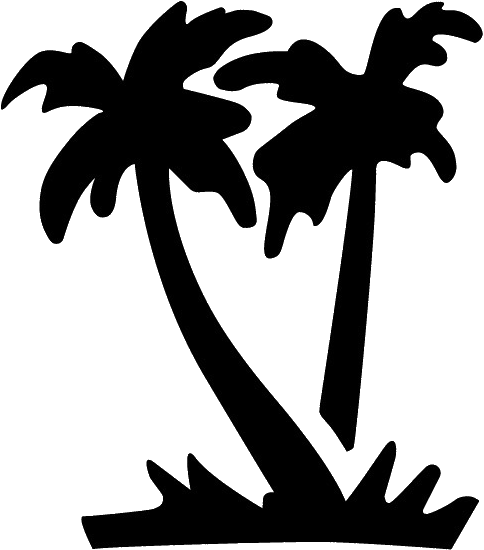Literally, “Mellah” means “salt” in Arabic.
The site of the first Mellah, founded in 1438 in Fez, was a salt marsh.
Historically, Mellahs were walled Jewish areas of Moroccan cities where Jews were protected by Moroccan kings.
Although free to practice their religion, they had to pay a tax as non-Muslims, and were barred from certain professions. Under this arrangement, however, Jews flourished and lived alongside their neighbors in harmony.
After the Spanish Inquisition, Sephardic Jews fled to the relative peace and freedom of Morocco, and contributed greatly to society and to Morocco’s unique identity.
The Jewish population in Morocco at one point was over 300,000. After World War II, most Jews emigrated to Israel or France, and quite a few ended up in Montreal and Toronto as well. Now the Jewish population of Morocco is only around 3000.
Jewish influences in Morocco are evident. In the beautiful handwoven Berber carpets decorated with Stars of David and Hamsas. In the intricate silver antiques found in the souks of the cities. In the restored synagogues of Marrakesh and Essaouria, their walls covered in blue and white tiles.
We call ourselves Mellah as an homage to all Morocco – an homage to people coming together to create objects of lasting and unusual beauty.

